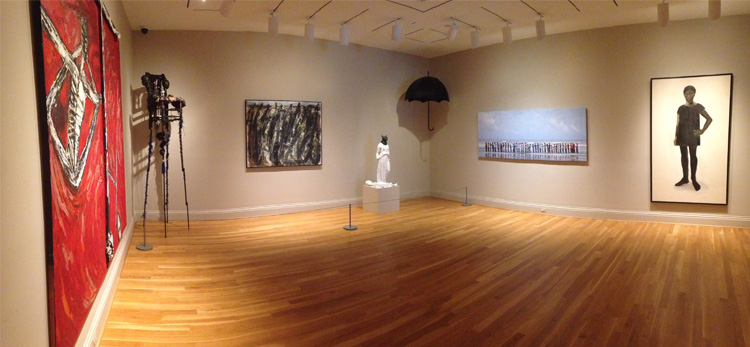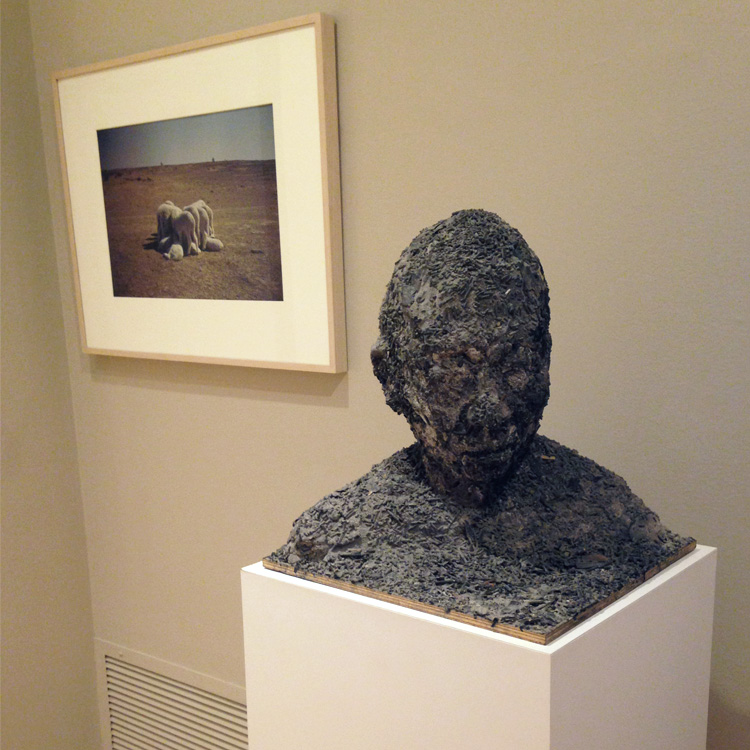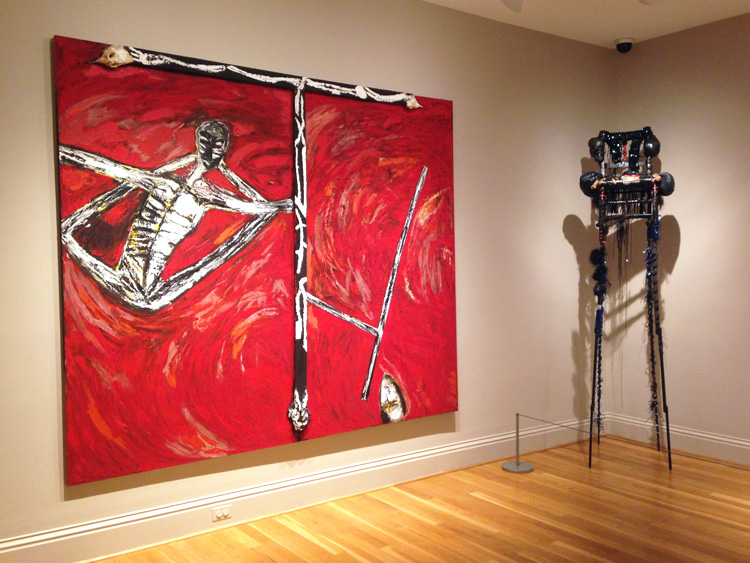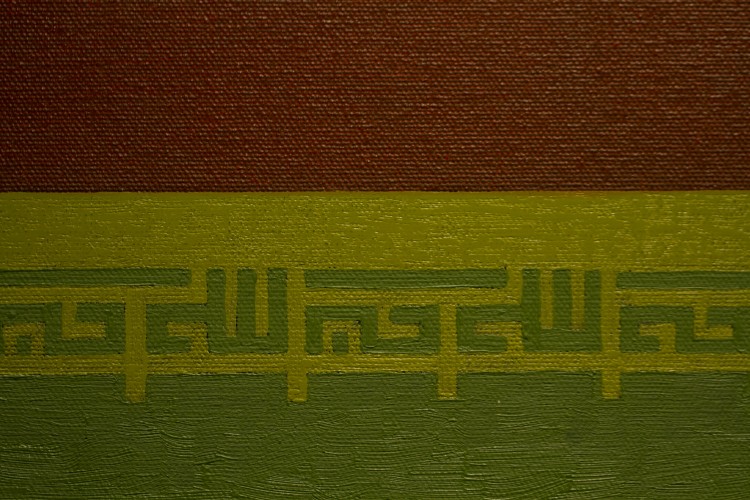
Paul Signac, Setting Sun. Sardine Fishing. Adagio. (1891) The Museum of Modern Art, New York. © 2014 Artists Rights Society (ARS), New York / ADAGP, Paris
When I first heard The Phillips Collection was going to have a Neo-Impressionism exhibition, I immediately thought of Georges Seurat’s A Sunday Afternoon on the Island of La Grande Jatte and the technique used to create it—pointillism. Pointillism is a technique in which small, distinct dots of pure color are applied in patterns to form an image. In a staff tour of the exhibition Neo-Impressionism and the Dream of Realities: Painting, Poetry, Music, exhibition curator Cornelia Homburg said that while the artists’ technique cannot be ignored, the beauty of the exhibition is really in the exploration of the imagery evoked that is often overlooked when considering Neo-Impressionism. Her perspective made me realize that I myself never truly look at the content of Neo-Impressionist works because I’m usually too fascinated with the technique used. However, Homburg stressed that the technique is important because it suggests a sense of radiance and allows the content of the images to resonate with the viewer.
The exhibition focuses on a time when there was an active exchange of ideas between painters, writers, composers, and poets which encouraged a synergy of senses. One of the pieces, Setting Sun, Sardine Fishing, Adagio by Paul Signac suggests this very idea of synthesis between art and music with his poetic title. Many of the works within the exhibition demonstrate a poetic quality that suggests a mood rather than a precise narrative, emphasizing a fantastical scene. Reality is captured, but it’s the stylistic techniques that create a feeling of dreaming. While one cannot ignore the ‘dots’, I urge you to embrace their revolutionary style and employ it to address their dreamlike, yet realistic content.
—Kelley Daley, Graduate Intern for Programs and Lectures




